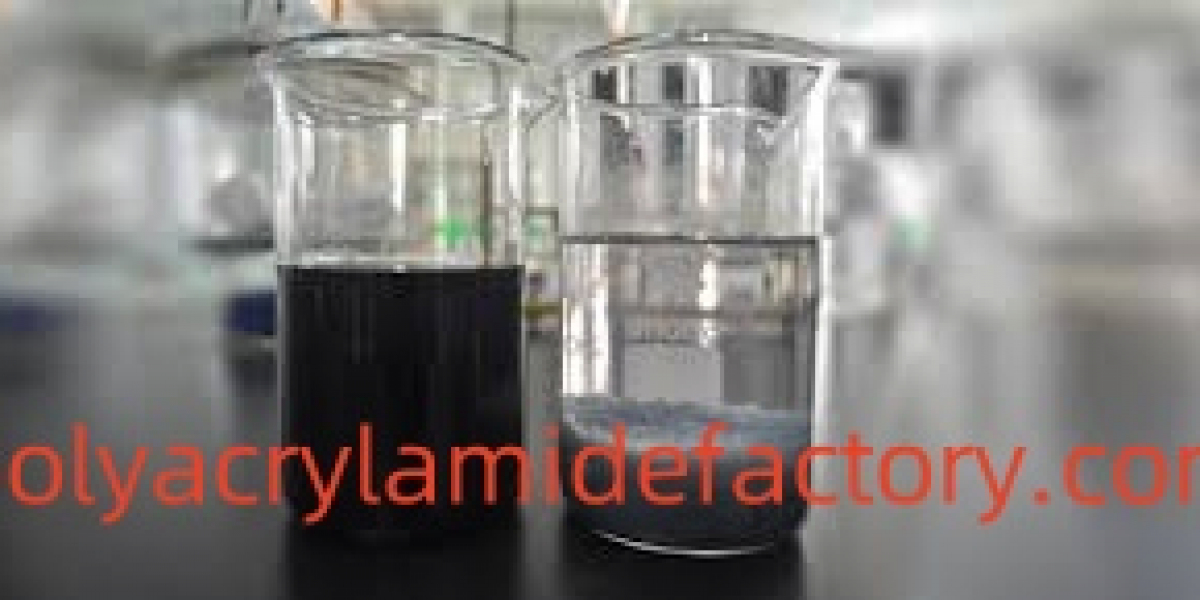mineral processing flocculant plays a key role in the separation and clarification stages of mineral beneficiation. In operations where finely ground ore is processed, the separation of solid particles from water is essential for both recovery efficiency and environmental protection. Flocculants help speed up the settling process by encouraging fine particles to aggregate into larger flocs that can be removed more effectively.
The need for high-performance flocculation agents in mineral processing has grown as ores become finer and processing circuits more complex. The particles in these suspensions often carry surface charges that prevent them from settling naturally. By introducing flocculants with functional groups designed to interact with these charged surfaces, operators can overcome repulsive forces and promote faster sedimentation.
Recent advancements include hybrid flocculants that incorporate nanomaterials. These nanomaterials can enhance the bridging capability of the polymer chains, creating stronger and more compact flocs. The addition of nanoscale components also provides a larger surface area for particle attachment, which can be beneficial when dealing with difficult-to-settle suspensions.
The effectiveness of a mineral processing flocculant depends on its compatibility with the slurry composition and process water chemistry. The selection process often considers particle size distribution, mineral type, and the presence of other reagents. The right choice can lead to clearer overflow water and more concentrated underflow, improving both water recycling and tailings management.
In some cases, flocculants are used in combination with coagulants to achieve even better separation. Coagulants can neutralize the particle charges, allowing flocculants to bind them more easily. This approach can be particularly valuable in operations where water clarity is critical for downstream processes.
The adoption of hybrid flocculants with nanomaterials is not only about faster settling rates but also about enhancing the structural stability of the flocs. Stronger flocs are less likely to break apart during handling, which helps maintain water quality and reduces the load on filtration equipment. This contributes to more stable plant performance over time.
At Polyacrylamidefactory, we produce mineral processing flocculant formulations that are designed to work effectively with various ore types and process water conditions. Our range includes options tailored for challenging suspensions, supporting improved solid-liquid separation and more efficient water recovery. We focus on product consistency, adaptability, and ease of application to help operators achieve reliable results.
If you want to explore how our flocculants can benefit your mineral processing operation, visit Polyacrylamidefactory and learn more about our solutions at https://www.polyacrylamidefactory.com/news/industry-news/cationic-polyacrylamide-emulsion-applications-benefits-and-more.html














